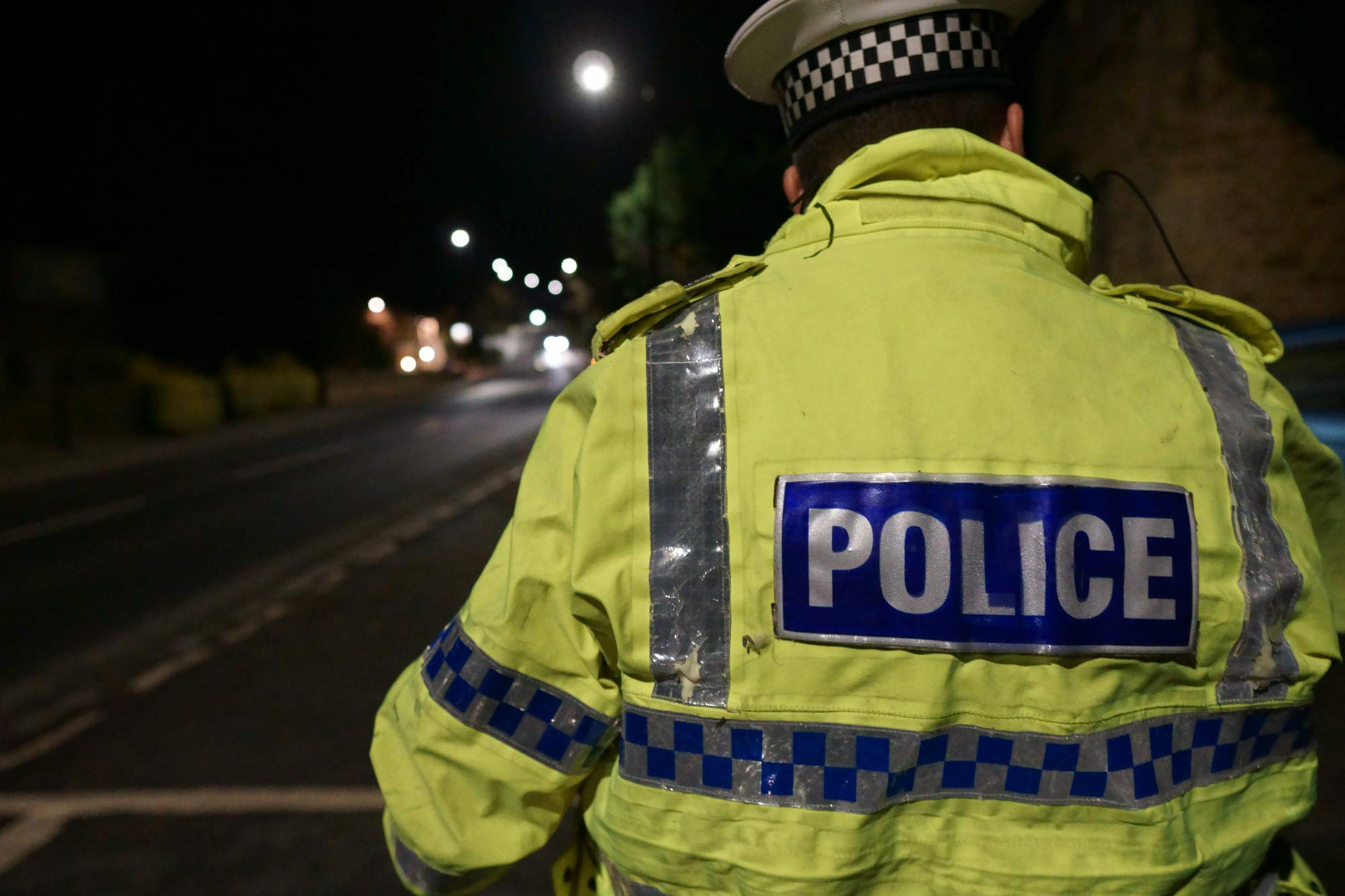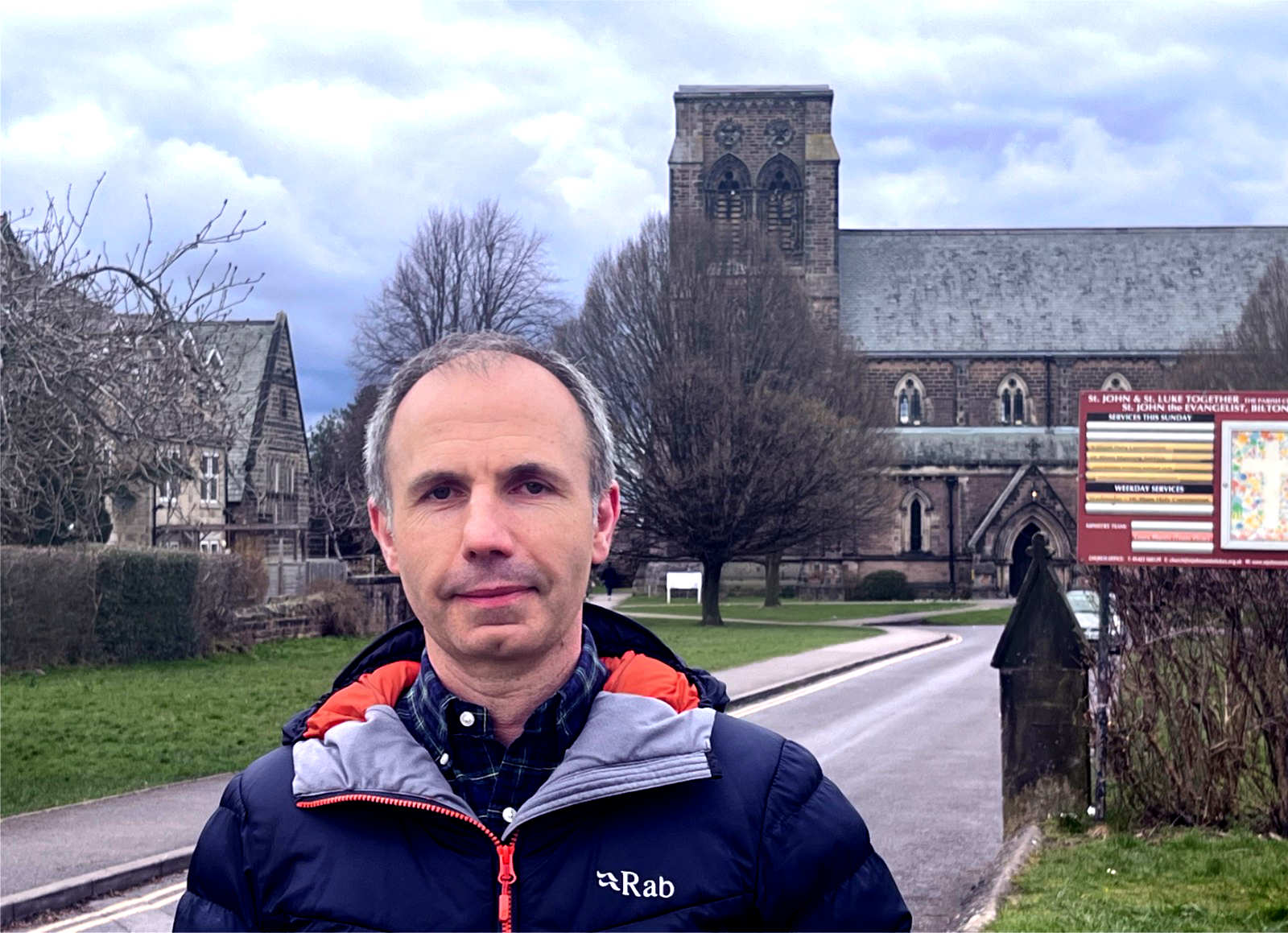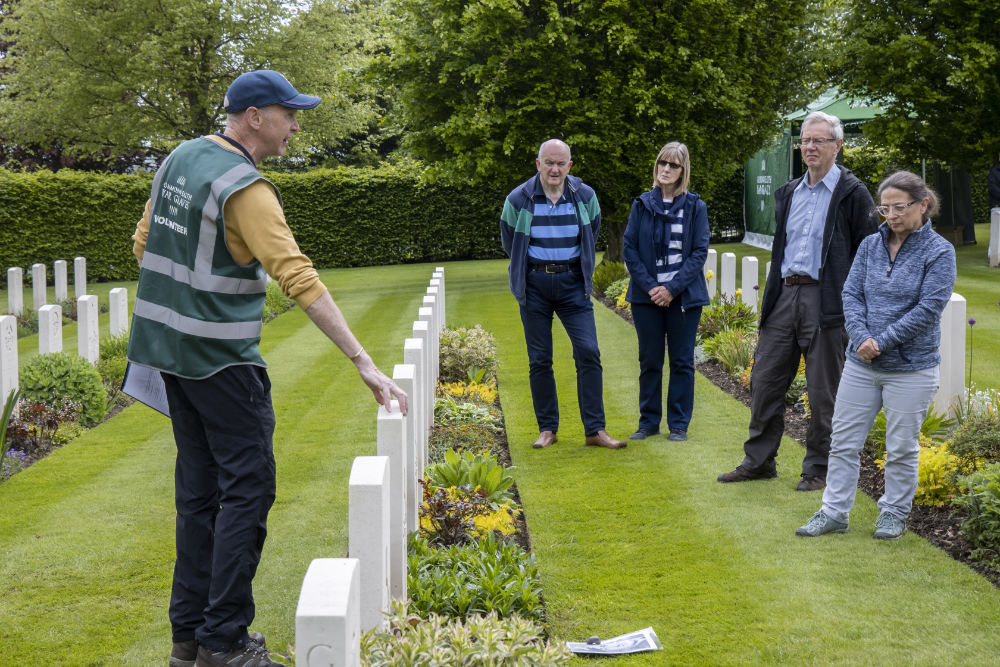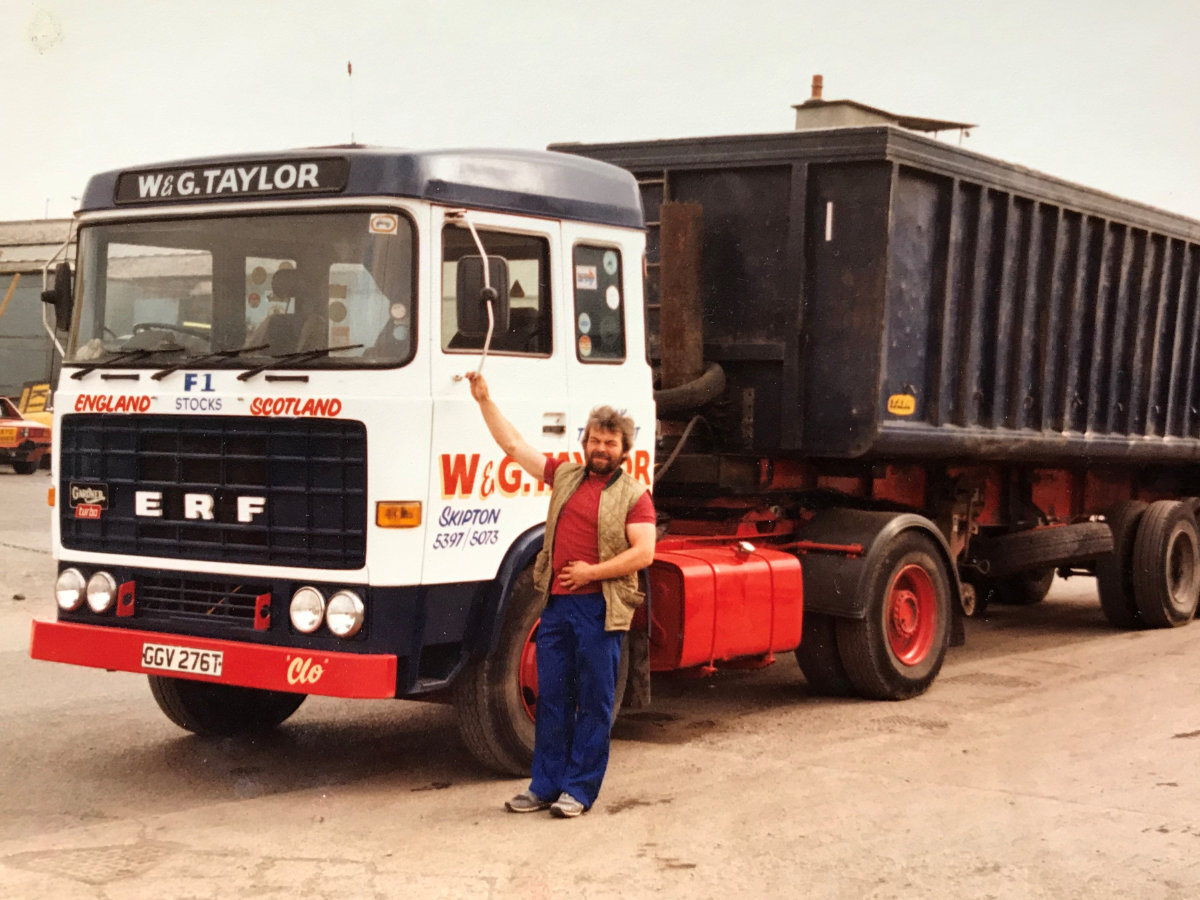Motorists are being warned to think twice before driving after a heavy night out as officers continue round-the-clock breath tests in the run-up to Christmas.
It comes after a man in his 30s was arrested near Wetherby on suspicion of being more than two times over the legal drink drive limit at 7.15am on Saturday. He has been charged with drink driving and will appear in front of York magistrates early next month.
Officers have issued the warning to coincide with Christmas parties and nights out.
Since their Christmas drink and drug driving campaign began on December 1, 67 drivers have now been arrested on suspicion of drink or drug driving at all times of the day an night.
Traffic Sergeant Andy Morton said:
While we can’t generalise about the circumstances surrounding this particular case, we do know that some people grossly underestimate how long it takes for alcohol to leave their system and think they’re fine to drive the morning after.
Unfortunately, we do encounter people who say they stopped drinking before midnight but they’re well over the limit when we breathalise them when they’re driving to work the next day.
There’s no totally reliable way to gauge whether your body has processed those units, so if you’re in any doubt whatsoever, my advice is get a lift to work or take public transport. And encourage friends and family who’ve have a night out to do the same, especially after a Christmas do or heavy session.
If we catch you – and there’s a good chance we will – you’ll be dealt with like every other drink driver. You’ll lose your licence and could face massive fines or even a jail sentence. The morning after is no excuse. Trust me – it’s really not worth risking it.
The Christmas campaign is organised by 95 Alive, the York and North Yorkshire Road Safety Partnership comprising, North Yorkshire County Council, North Yorkshire Fire and Rescue, North Yorkshire Police , City of York Council, District Councils and Community Safety.
People should allow one hour per unit before they drive again and keep track of how much they are drinking, because it’s easy to become unfit to drive without realising it.
For example, four pints of average lager may have at least 12 units of alcohol. That means at least 12 hours after the last drink before driving again. Two glasses of wine may have six units, needing at least six hours before driving.







